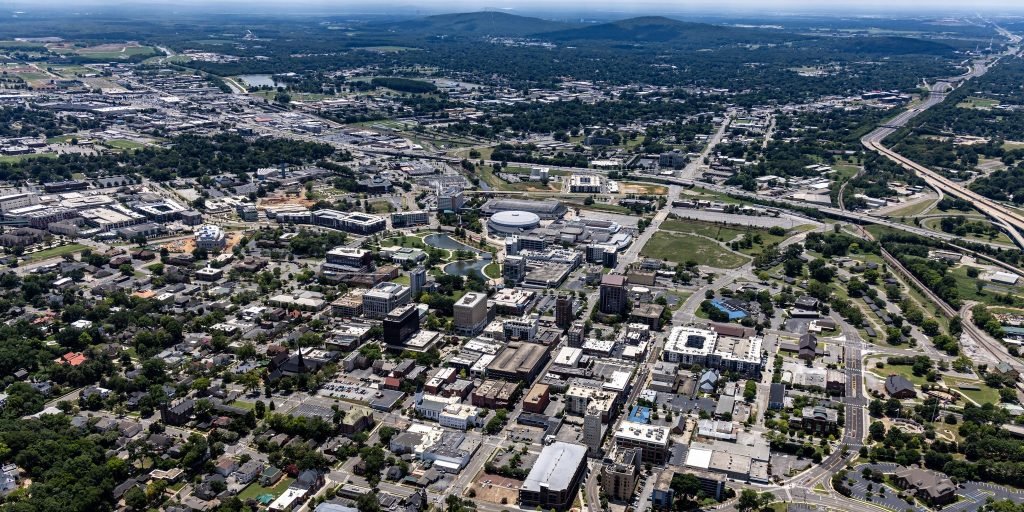Huntsville Metro Area Ranks High for Millennials
Thanks to a notable growth in the millennial population, the Huntsville Metro area has secured the fourth spot in 2025 on the list of the best metro areas for living and working, according to CommercialCafe, a real estate and marketing blog.
This area, encompassing Limestone and Madison counties, follows Austin, Texas, San Jose, California, and Raleigh, North Carolina.
As reported by the Wall Street Journal, millennials currently possess more wealth than both Generation X and baby boomers did at the same age. This financial shift grants them greater freedom in choosing their lifestyle and environment for building a fulfilling life.
CommercialCafe noted that “the city they chose is standing to make a profit.”
Huntsville’s rise to fourth place this year is attributed to its impressive momentum. The area has witnessed a striking 17.8% increase in its millennial population from 2019 to 2023.
While the overall millennial share remains smaller compared to larger metros, the rapid pace of change signals a transition.
CommercialCafe pointed out affordability as a key attraction, highlighting that the cost of living sits 5.6% below the national average. This offers millennials some financial breathing room, which is particularly significant in today’s uncertain economy. The job market is also a positive factor.
Traditionally anchored in aerospace and defense, the metro area has diversified, boasting one of the lowest unemployment rates in the country at 2.7%.
The report also emphasized education levels in the area. Nearly half of the millennials in Huntsville hold a bachelor’s degree or higher, up from 41.2% last year. Interestingly, while the average household income stands at $107,700, the lowest among the top 20 metros, many find that the reasonable cost of living and promising job outlook can help bridge that gap.
CommercialCafe analyzed 103 U.S. metropolitan areas with populations exceeding 500,000 to determine which locations are best suited to attract and support the millennial generation.
The rankings illustrate how millennials are finding a balance between opportunity and affordability. This assessment takes into account data on population trends, income, cost of living, employment rates, health compensation, and educational achievement.
















